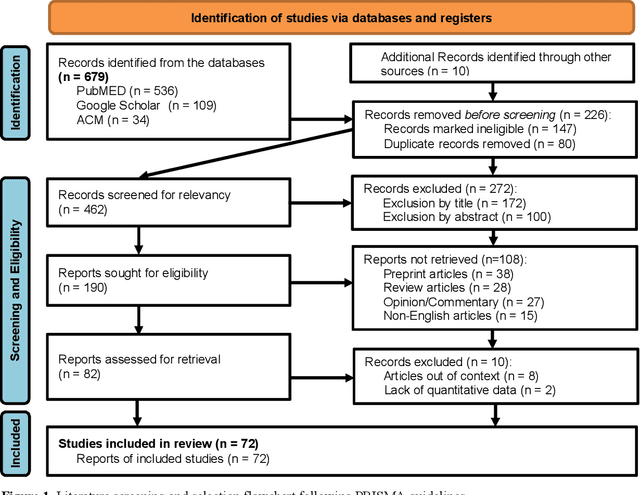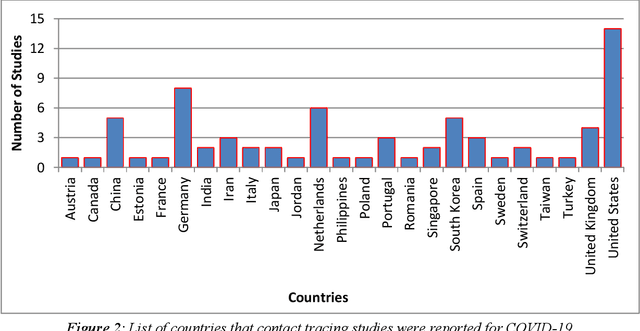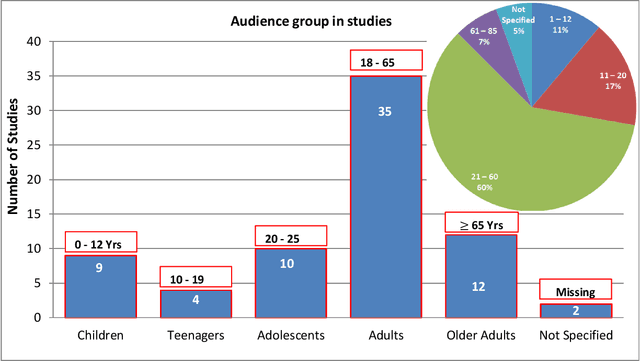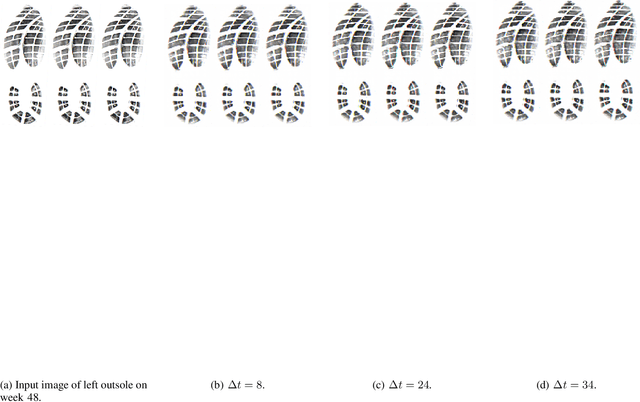Nilufar Baghaei
Extended Reality for Anxiety and Depression Therapy amidst Mental Disorders -- A Systematic Review
Apr 04, 2022



Abstract:This systematic study is aimed to investigate the implementation level of different extended reality (XR) techniques in the care of mental disorder. We point out some XR technologies used to deliver care for mental disorders, and to evaluate the effectiveness of using XR systems for anxiety and depression amidst other mental disorders. A search period of May 2017 and August 2021 was defined to filter out articles related to the usage of virtual reality (VR), augmented reality (AR) and mixed reality (AR) in a mental health context. Search done on three databases namely Google Scholar, PubMED, and Association for Computing Machinery Digital Library yielded 689 articles. Also, 10 articles were recommended. Upon eligibility filtering, only 72 articles were found relevant and were utilized for the study. Results show that the 72 studies were done in only 23 countries across the globe, with the majority of studies being reported for developed countries such as USA (20.64%) and Germany (11.11%). Thus this could rapidly aid intervention of mental health disorder with XR. Meanwhile, none of the studies observed was from an African country. The majority of the articles reported that XR techniques led to significant reduction in symptoms of anxiety or depression. The majority of studies (23, 36.51%) were published in the year 2021 of the total studies included. In a sense, this data might be attributed to COVID-19 pandemic. Most studies (30, 47.62%) focused a population with age range of 18 to 65 years, while fewer studies (4, 6.35%) focused on each of adolescents (10 - 19 years) and seniors (over 64 years). Also, more studies were done experimentally (52, 82.54%) rather than by analytical and modeling approach (5, 7.94%) as found in other XR studies domain. This review study could aid the development of XR systems for effective cognitive behavioral and exposure therapies of mental disorders.
Learning Wear Patterns on Footwear Outsoles Using Convolutional Neural Networks
Jul 28, 2019



Abstract:Footwear outsoles acquire characteristics unique to the individual wearing them over time. Forensic scientists largely rely on their skills and knowledge, gained through years of experience, to analyse such characteristics on a shoeprint. In this work, we present a convolutional neural network model that can predict the wear pattern on a unique dataset of shoeprints that captures the life and wear of a pair of shoes. We present an additional architecture able to reconstruct the outsole back to its original state on a given week, and provide empirical evaluations of the performance of both models.
 Add to Chrome
Add to Chrome Add to Firefox
Add to Firefox Add to Edge
Add to Edge